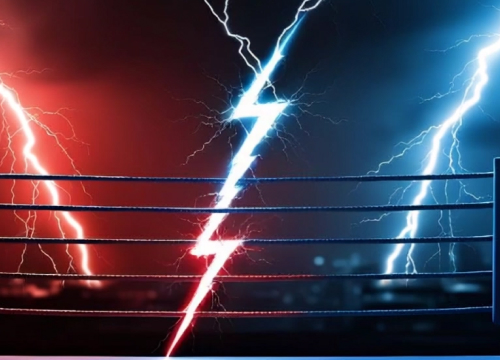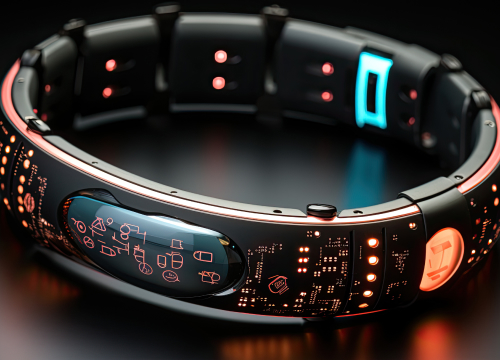
How to determine if LoRa is right for your project?

LoRa (from “Long Range”) – is a new technology. It’s a type of modulation invented by Semtech and based on spread spectrum modulation mixed with chirp spread spectrum (CSS). This decision simplifies the requirements to clock generator and provides a more noise-resistant receiving side. LoRa allows the demodulation of a signal up to 20db below noise level. On the other hand, systems based on frequency shift keying (FSK) only allow for 8-10 db.
The most popular frequencies are 868 MHz (Europe) and 915 MHz (North America). Other regions, notably Asia, have different requirements. LoRa allows from six spreading factors to twelve (SF7 – SF12) and three different bandwidths: 125 kHz, 250 kHz, 500 kHz (depending on the country’s radio policy). Due to the spread-spectrum technology, messages with different data rates are orthogonal and do not interfere with each other by creating a set of “virtual” channels, increasing the capacity of the gateway. It takes the possibility change data rate from 250bit/s up to 21.9kbit/s. That’s all about the hardware part.
Nowadays, all manufacturers pay a lot of attention to unification and simplification integration and the deployment of wireless systems in real-life situations. But wireless systems are very complex and environment dependent. Those issues can generate different problems in unexpected places. And considering all the efforts from the provider and the differing user guidelines, if you didn’t have any experience with wireless systems before, you might have some troubles and it may take more of your time, but it’s possible to do it yourself. He who climbs the mountain will master the road! Nowadays, most modern devices use mesh network architecture. It makes it possible to increase the communication range and the size of the network. A disadvantage of mesh networks is in the usage of irrelevant nodes for forwarding messages to other nodes because it increases the total power consumption of the system. And in LoRa researchers have chosen star topology. As a result, we get more energy savings and increased battery life.
Also, the manufacturer provides 3 classes: A, B and C, depending on the capability of the end device. Each class is a trade-off between communication-delay and battery-life:
- Class A provides the best service for most low-energy devices. It is the slowest class but the most energy effective;
- Class B uses a time-synchronized beacon from the gateway to establish receive time frame. It is a middle solution between A and C;
- Class C always only receives and interrupts for transmissions. It has better performance and larger power consumption.

One more advantage to using LoRa – is in protocol. The supplier provides its own protocol for companies without experience in embedded RF-protocol creation. And, as you know, it is a relatively emerging market. New people in the space are contributing to making it better, more reliable and more powerful so there are still many changes yet to be rolled out which will enhance performance. The possibilities are wide open. There are opportunities for you to make your own improvements and modifications. You can wait for some features that haven’t been implemented yet or implement your own protocol.
| DataRate | Modulation | SF | BW | bit/s | EU | US |
| 0 | LoRa | 12 | 125 | 250 | + | + |
| 1 | LoRa | 11 | 125 | 440 | + | + |
| 2 | LoRa | 10 | 125 | 980 | + | + |
| 3 | LoRa | 9 | 125 | 1’760 | + | – |
| 4 | LoRa | 8 | 125 | 3’125 | + | – |
| 5 | LoRa | 7 | 125 | 5’470 | + | – |
| 6 | LoRa | 7 | 250 | 11’000 | + | – |
| 7 | FSK | – | – | 50’000 | + | – |
| 8 | LoRa | 12 | 500 | 980 | – | + |
| 9 | LoRa | 11 | 500 | 1’760 | – | + |
| 10 | LoRa | 10 | 500 | 3’900 | – | + |
| 11 | LoRa | 9 | 500 | 7’000 | – | + |
| 12 | LoRa | 8 | 500 | 12’500 | – | + |
| 13 | LoRa | 7 | 500 | 21’900 | – | + |
Sirin Software helps businesses to drive digital transformation across the full product cycle and deliver sustainable innovations in Wired and Wireless Networking. Drop us a line to discuss how we can help you!



